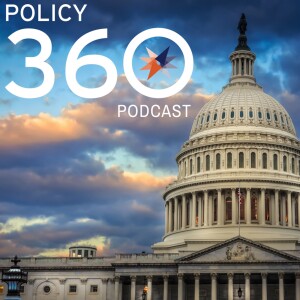
The end of the Cold War is often considered a bit of a geopolitical anomaly. In 1980 the increasing antagonistic relations between the U.S. and the Soviet Union caused many to fear that the conflict was once again on the path to nuclear fallout. President Regan famously characterized the Soviet Union as the “evil empire” and while Soviet media described U.S. foreign policy as “nuclear insanity.”
Then suddenly, things quickly shifted. The two superpowers started cooperating and even more surprisingly the Soviet Union collapsed by the end of the decade and just like that the Cold War ended. As historian John Lewis Gaddis has observed “Wars, hot or cold, do not normally end with the abrupt but peaceful collapse of a major antagonist.” So what changed in those 5 years that brought about the end of the Cold War?
Simon Miles is an Assistant Professor in the Sanford School of Public Policy, and his recently released book Engaging the Evil Empire: Washington, Moscow, and the Beginning of the End of the Cold War seeks to answer this question among several others. The book focuses on the often overlooked period of the early 1980s. Was this shift in relations as abrupt as it appeared? To what extent did popular perception of the conflict reflect the reality of the situation?
Grab a copy of Simon's book: https://www.cornellpress.cornell.edu/book/9781501751691/engaging-the-evil-empire/
Subscribe to the Policy 360 podcast: social.sanford.duke.edu/Policy360_ApplePodcasts
Music: Blue Dot Sessions freemusicarchive.org/music/Blue_Dot_Sessions/
Music licensed under Creative Commons Attribution creativecommons.org/licenses/by/3.0/us/
More Episodes
 2018-11-21
2018-11-21
 2018-10-16
2018-10-16
 2018-09-11
2018-09-11
 2018-09-04
2018-09-04
 2018-05-16
2018-05-16
 2018-04-16
2018-04-16
 2018-03-28
2018-03-28
 2018-03-07
2018-03-07
 2018-02-28
2018-02-28
 2018-02-14
2018-02-14
Create your
podcast in
minutes
- Full-featured podcast site
- Unlimited storage and bandwidth
- Comprehensive podcast stats
- Distribute to Apple Podcasts, Spotify, and more
- Make money with your podcast
It is Free
- Privacy Policy
- Cookie Policy
- Terms of Use
- Consent Preferences
- Copyright © 2015-2024 Podbean.com






